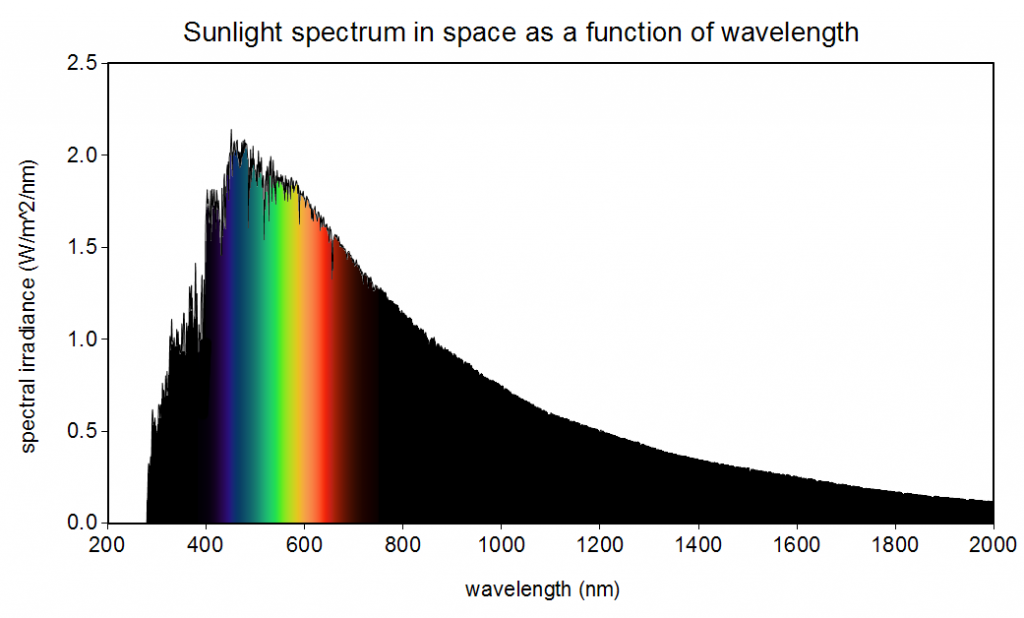The human vision system is remarkable in many ways, but it is not particularly good at determining the spectrum of a light source: the intensity of light (the rate at which electromagnetic energy passes through a specified area) as a function of wavelength or frequency. We can learn a lot about the physical properties of light sources by considering their spectra, so instruments like spectrometers and monochromators were developed to improve the accuracy and precision of our observations.
The current incarnation of this lab was inspired by a Bowdoin Neuroscience honors project, the goal of which was to study the effect of testosterone on retinal activity in goldfish. How did this come to the attention of the department of Physics and Astronomy?
- Lighting matters when you’re studying vision systems. The light source should be characterized for replication purposes. Suppose that the bulb you used originally is now unavailable. How do you know if the replacement is close to equivalent? You need to know the spectrum of each bulb.
- If you’re studying vision using fish in a lab, you probably want to mimic sunlight. How difficult is that? You’ll see today that bulb manufacturer’s claims are not to be trusted.
 (Sunlight spectrum in space as a function of wavelength. Public Domain Image, image source: Christopher S. Baird, data source: American Society for Testing and Materials Terrestrial Reference)
(Sunlight spectrum in space as a function of wavelength. Public Domain Image, image source: Christopher S. Baird, data source: American Society for Testing and Materials Terrestrial Reference) - The spectrum of radiation from the Sun is reasonably close to that of thermal radiation corresponding to a temperature of 5800 K.
- What’s the best way to combine multiple light sources into one beam to mimic the solar spectrum? You’ll figure this out towards the end of the lab.


